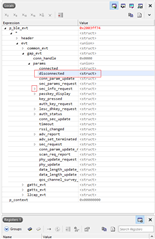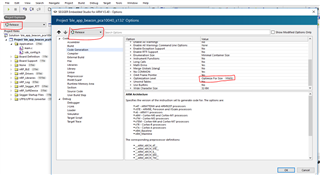Hello everyone,
I'm running the IoT CoAP example on my nrf52840 Development Kit.
The border router is Rapberry 3 B+ on Jessie with Kernel version 4.19.46. I've put BLE_6LOWPAN_LEGACY_MODE to 0.
I've successfully connected the border router to the nrf52840 and pingued.
My problem is that every time after approximately 30 seconds the bt0 interface goes down and the connection is lost.
I guess it is some timeout or something that forces the interface to go down (BLE connection param : connection timeout ?) but I'm not sure how to fix it.
I want to setup a permanent connection before trying to access the CoAP Server (nrf52840) with my CoAP Client (my computer).
Here is the Segger log :
<info> app: Application started.
<info> app: Physical layer in connectable mode.
<info> app: Physical layer: connected.
<info> app: Got IP Application Handler Event on interface 0x0x20004F9C
<info> app: New interface added!
<info> app: Sending Router Solicitation to all routers!
<info> app: Got IP Application Handler Event on interface 0x0x20004F9C
<info> app: Interface removed!
<info> app: Physical layer: disconnected.
<info> app: Physical layer in connectable mode.
Here is my raspberry script :
#!/bin/sh
echo 1 > /proc/sys/net/ipv6/conf/all/forwarding
sleep 1
service radvd restart
sleep 1
modprobe bluetooth_6lowpan
sleep 1
echo 1 > /sys/kernel/debug/bluetooth/6lowpan_enable
sleep 1
hciconfig hci0 reset
sleep 1
echo "connect 00:AA:BB:CC:DD:FF 1" > /sys/kernel/debug/bluetooth/6lowpan_control
sleep 1
I can ping the nrf52840 device with its global & local address and every time the same amount of pings resolve (seq = 36).
Finaly my question is : How to prevent the bt0 interface to go down ?
Thanks in advance,
Regars,
Aloïs KYROU




